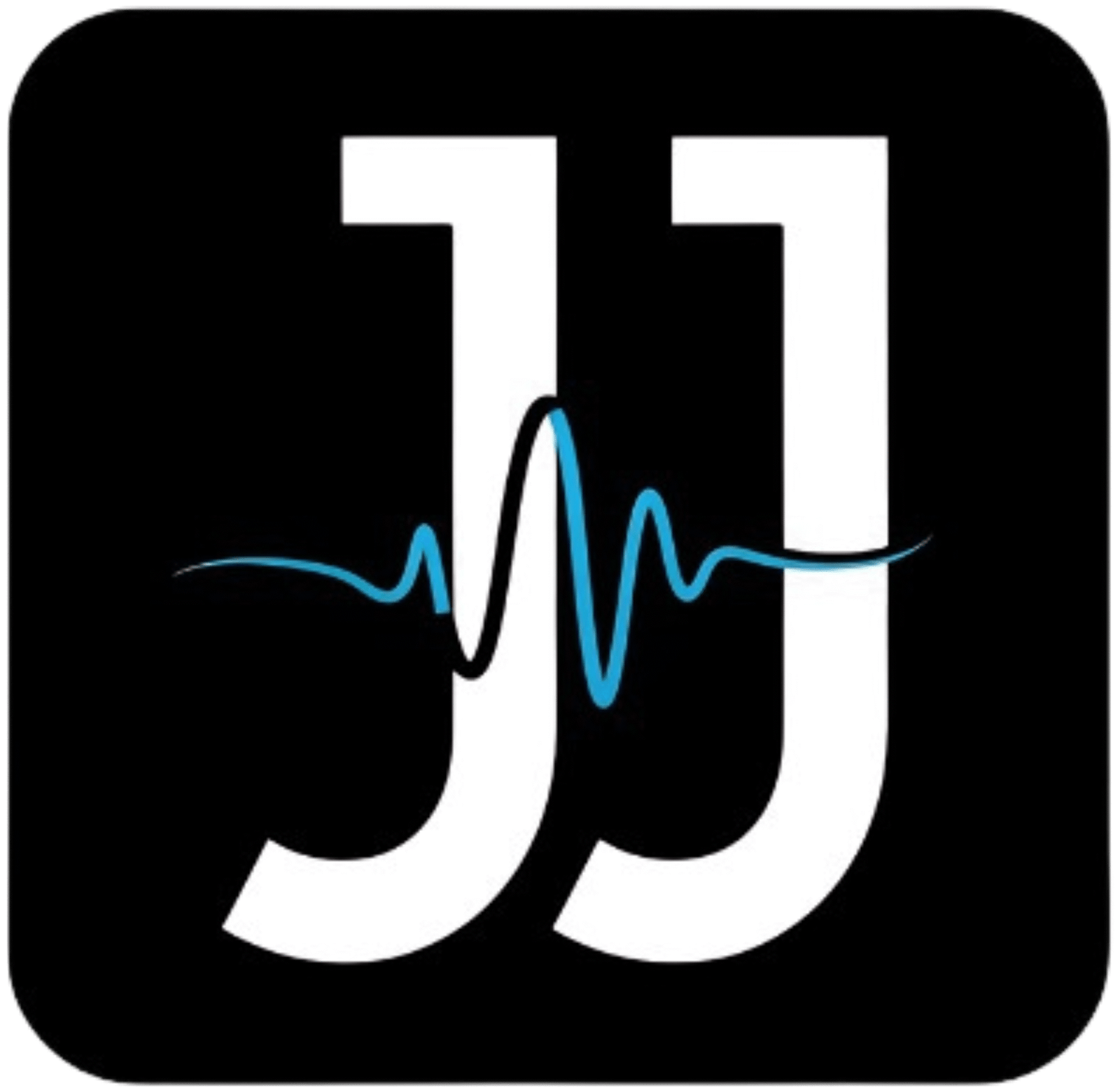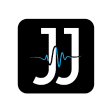Crafting Your Sound: Essential Hardware for Musicians
Your sound begins with the right hardware, which consists of instruments and technology that bring your musical vision to life. Investing in quality gear not only enhances your creative flow but also elevates your overall sound quality. From electric guitars to synthesizers, each piece of equipment plays a vital role in shaping your unique audio identity.
Must-Have Instruments That Shape Your Music
Choosing instruments is deeply personal, yet there are a few must-haves for every musician. A versatile guitar, a dependable keyboard, and a solid set of drums lay the foundation for countless music genres. I find that the Fender Stratocaster offers unmatched tonal variety, while the Yamaha P-125 keyboard provides realistic piano sounds that are perfect for compositions.
The Importance of Quality Audio Interfaces
Quality audio interfaces are often overlooked, yet they are necessary for capturing your sound accurately. A good audio interface converts analog signals to digital, ensuring minimal latency and high fidelity in recordings. Investing in options like the Focusrite Scarlett 2i2 or the Universal Audio Apollo Twin can greatly enhance your production capabilities, making your tracks sound professional and polished.
A high-quality audio interface influences not just the clarity of recordings but also how you interact with your digital audio workstation (DAW). Features such as preamp quality, sample rates, and connectivity options can significantly affect the final sound of your music. Opting for an interface with solid analog-to-digital conversion can mean the difference between a muddy track and pristine audio quality. You’ll notice that your mixes become cleaner, with better spatial representation, allowing your music to shine during playback on various platforms.
Key Takeaways:
- Jesper Jacobi emphasizes the importance of versatile tools that can adapt to various musical styles.
- Prioritizing quality over quantity ensures musicians invest in tools that enhance their craft.
- Collaboration tools are highlighted for their ability to facilitate remote music creation and sharing.
- Technology integration, such as software and apps, can streamline the songwriting process.
- Focus on tools that offer user-friendly interfaces to enhance creativity without technical distractions.
Unlocking Your Creativity: Software and Apps
Harnessing the right software and apps can profoundly enhance your creative process. Whether you’re composing, arranging, or mixing, digital tools provide endless possibilities for experimentation. With intuitive interfaces and innovative features, these programs help you capture your ideas quickly and efficiently, turning inspiration into reality.
The Ultimate Digital Audio Workstations (DAWs)
The choice of a Digital Audio Workstation can define your music production experience. Programs like Ableton Live excel in live performance settings, while Logic Pro X features an expansive library of loops and samples. FL Studio offers a highly intuitive pattern-based workflow that appeals to electronic musicians. Ultimately, the right DAW aligns with your style and workflow preferences.
Game-Changing Plugins that Inspire Musicians
Plugins can transform your sound palette and push your creative boundaries. Tools like Waves SSL G-Master channel, Valhalla VintageVerb, and Soundtoys EchoBoy provide distinctive character and depth. These plugins not only aid in achieving professional sounds but also spark new ideas through their unique processing capabilities, allowing you to explore uncharted sonic territories.
Plugins like Serum and Omnisphere are perfect examples of how innovative sound design can elevate your music. These synths offer vast customization options with thousands of presets and waveforms, igniting inspiration during those critical moments. Utilizing Waves’ plugins enhances the mixing process, providing a polished sound and inspiring new layers in your compositions. Explore and experiment, as plugins can often lead to unexpected creative breakthroughs.
Performance Essentials: Gear for Live Shows
Every live performance demands reliable gear to ensure a seamless experience for both the artist and the audience. I prioritize equipment that withstands the rigors of the road while delivering exceptional sound quality. From sturdy microphones to portable mixing consoles, having the right tools not only enhances your performance but also boosts your confidence on stage.
Introducing Dynamic Stage Equipment
Dynamic stage equipment transforms an average performance into an unforgettable experience. I recommend versatile gear like multi-effects pedals and high-quality monitors that adjust to your sound preferences. Investing in such equipment allows you to create layers within your music, captivating your audience with rich, immersive performances.
Revolutionizing Your Setup with Wireless Technology
Wireless technology is a game changer for live performances, offering freedom and flexibility that wired setups simply cannot match. This innovation eliminates cumbersome cables, reducing tripping hazards and allowing you to move freely across the stage. Plus, devices like wireless microphones and in-ear monitors ensure that you can focus on your performance without being tethered to your gear.
Adopting wireless technology can enhance your live shows tremendously. For instance, using a wireless microphone system allows you to engage directly with your audience, fostering a more intimate connection. With seamless integration into your existing setup, wireless gear like guitar transmitters or MIDI controllers empowers you to navigate your stage presence while maintaining high-quality audio. At recent concerts, I’ve seen performers elevate their engagement levels significantly, proving that embracing this tech isn’t just practical—it’s transformative.
Recording Like a Pro: Techniques and Equipment
Recording professionally at home requires both the right techniques and equipment. I’ve found that investing in quality gear and applying specific methods can elevate your sound dramatically. A well-structured recording session incorporates effective mic placement, appropriate tools, and an awareness of the environment you’re working in. Understanding these elements can make all the difference between a good recording and a fantastic one.
Mic Choices that Enhance Your Sound
Choosing the right microphone is fundamental to achieving a professional sound. I often recommend condenser mics for vocals due to their sensitivity and wider frequency response, while dynamic mics excel for live instruments like drums. Experimenting with different types, such as ribbon mics for their warmth, can truly transform your recordings, providing a rich texture that suits various genres.
Acoustics and Recording Environment Optimization
Optimizing your recording space can massively impact audio quality. I focus on minimizing reflections and background noise by using acoustic panels and bass traps. Additionally, soundproofing with heavy curtains and carpets helps reduce unwanted sound interference, allowing your recordings to maintain clarity and depth.
A well-optimized acoustic environment ensures that the sound captured reflects your music accurately. Proper treatment can involve strategic placement of panels to absorb frequencies that might otherwise bounce back, muddying your recordings. I’ve seen rooms transformed by simply adding a few strategically placed foam panels. Ideally, you want your recording space to be balanced, where both high and low frequencies are represented accurately. This foundation allows for more profound creativity during mixing, as you are confident that what you are hearing is true to the original performance.
Collaborating in the Digital Age: Tools for Connection
In today’s music landscape, artists leverage technology to connect and create like never before. Platforms like Zoom, Splice, and Soundtrap enable seamless collaboration, allowing musicians to share ideas instantly and produce tracks from different locations. For a deeper investigate how to market these collaborative efforts, check out The Best Music Marketing Tools Artists.
Best Platforms for Remote Jamming
For remote jamming, tools like Jamulus and jamKazam provide real-time interaction, reducing latency to make virtual sessions almost feel like face-to-face jam sessions. Users can connect instruments and practice together, fostering creativity and spontaneity despite the physical distance. The user-friendly interfaces make onboarding simple, ensuring that you spend more time creating and less time troubleshooting.
Managing Online Collaborations Effectively
Efficiently managing online collaborations requires organized communication and clear project timelines. Utilizing project management tools such as Trello or Asana helps track contributions and deadlines transparently. Regular video check-ins on platforms like Google Meet keep everyone aligned and engaged, while shared folders in Google Drive or Dropbox streamline the sharing of audio files and resources. Setting up a structured process can enhance productivity and foster a sense of shared ownership, crucial for creative projects.
Establishing a clear framework from the onset drives successful outcomes in online collaborations. I often set specific roles and responsibilities, ensuring each member knows their contribution to the project. Regular updates and feedback loops enhance communication, so I utilize comments within our shared documents to share thoughts without disrupting workflow. As projects progress, maintaining a shared calendar helps everyone stay informed of important milestones, avoiding misunderstandings and ensuring that creative energies remain focused on the music.
Building Your Brand: Marketing Tools for Musicians
Every musician needs to establish a solid brand to thrive in an ever-competitive industry. Leveraging various marketing tools can significantly boost your visibility and connect you with your audience. From online platforms to promotional strategies, I’m sharing the ultimate resources that can elevate your brand and enhance your presence in the music scene.
Social Media Strategies for Music Promotion
Harnessing the power of social media is vital for promoting your music effectively. Focus on platforms like Instagram, TikTok, and Facebook, where visual and interactive content thrives. Engaging followers with regular updates, behind-the-scenes clips, and live sessions not only builds your community but also turns casual listeners into dedicated fans. Utilize hashtags strategically to reach wider audiences and create compelling content that resonates with your unique brand.
Leveraging Streaming Services to Gain Exposure
Streaming services represent a significant opportunity for exposure. Platforms like Spotify and Apple Music have features that can amplify your reach, such as curated playlists and algorithm-driven recommendations. Aim to get your tracks on influential playlists, as they can introduce your music to thousands of new listeners, potentially leading to increased streams and followers.
Take advantage of pitching tools offered by streaming services to submit your music for playlist consideration. Creating a compelling story around your songs and sharing it with playlist curators can set your submission apart. Additionally, collaborating with other artists can expose your music to their audiences, expanding your reach. Consistently analyzing your streaming metrics will help you tailor your marketing strategies and inform future releases, keeping your efforts sharp and responsive to listener preferences.
Summing up
On the whole, I believe that selecting the right tools is imperative for enhancing your musical journey. My picks reflect a combination of quality, functionality, and affordability that can truly support your creativity and productivity. I encourage you to explore these recommendations, as they can elevate your sound and streamline your workflow. Investing in the best tools not only improves your craft but also inspires you to reach new heights in your music-making endeavors.
FAQ
Q: What tools does Jesper Jacobi recommend for beginner musicians?
A: Jesper Jacobi recommends starting with a digital audio workstation (DAW) such as Ableton Live or Logic Pro, a quality audio interface like Focusrite Scarlett, and a versatile MIDI keyboard. These tools provide a solid foundation for recording, producing, and performing music.
Q: Are there specific tools for live performance that Jesper Jacobi highlights?
A: Yes, Jesper Jacobi highlights the use of performance software such as MainStage or Serato DJ, alongside hardware like the Native Instruments Kontrol S series controllers. These tools enhance live performances, allowing for seamless integration of software and hardware.
Q: What accessories does Jesper suggest for enhancing sound quality?
A: Jesper suggests investing in high-quality studio monitors, such as KRK or Yamaha, and recommends using sound treatment panels to improve acoustics. Additionally, he mentions the importance of a good microphone, such as the Shure SM7B, for capturing vocals and instruments clearly.

